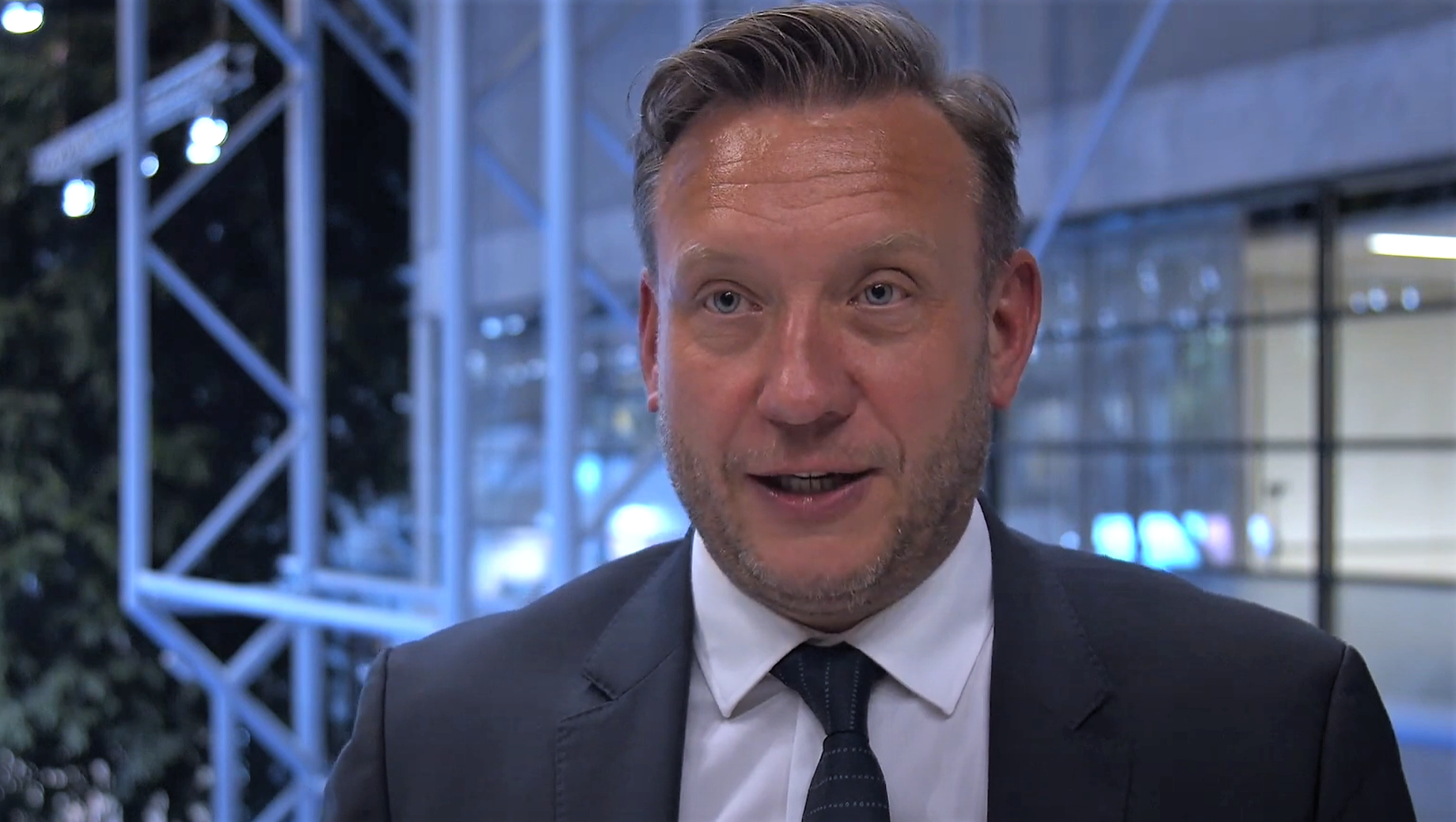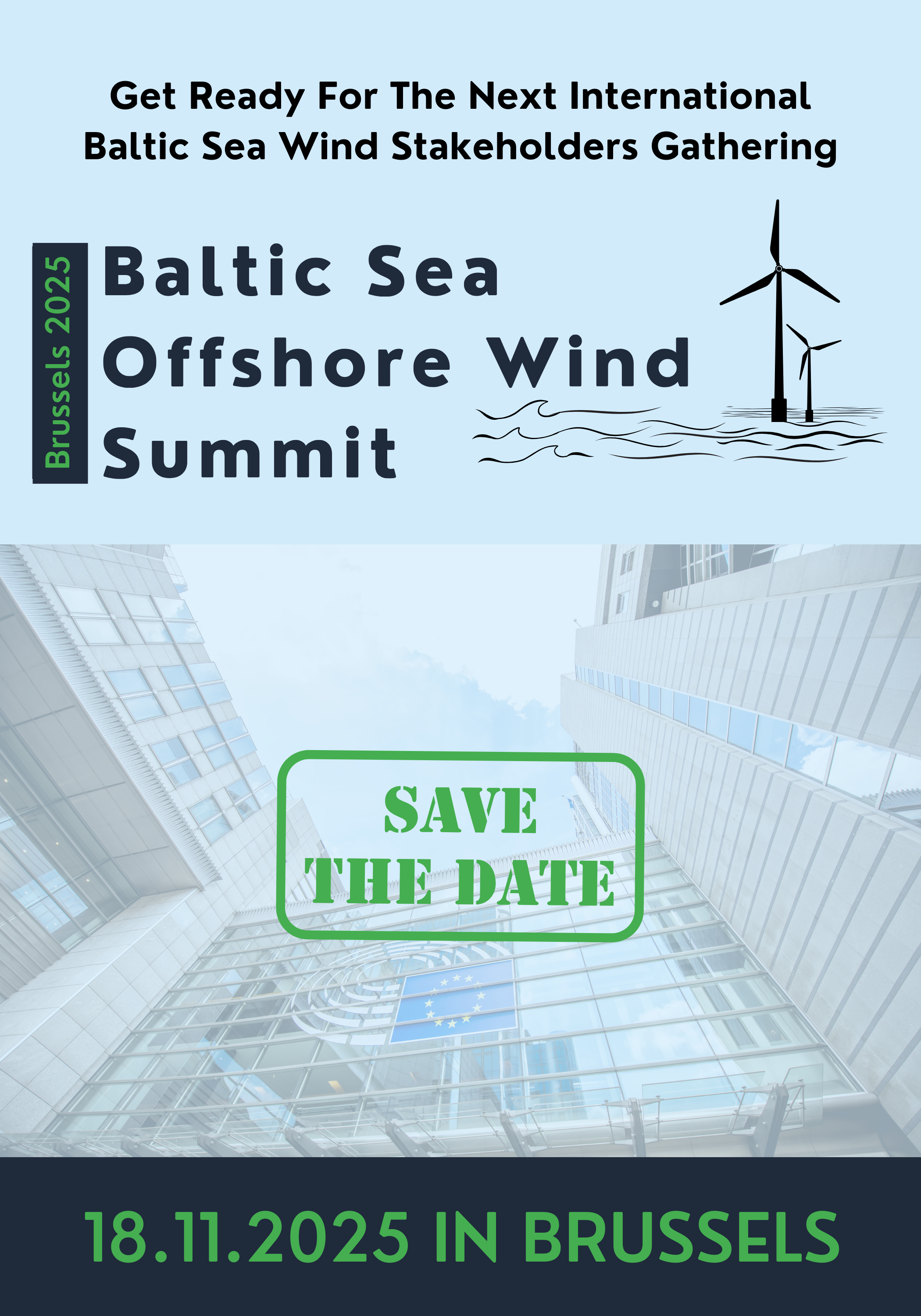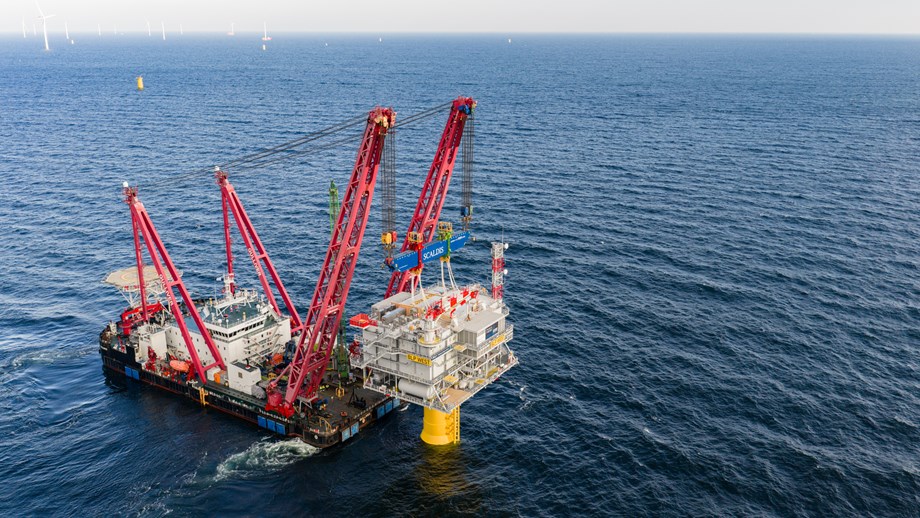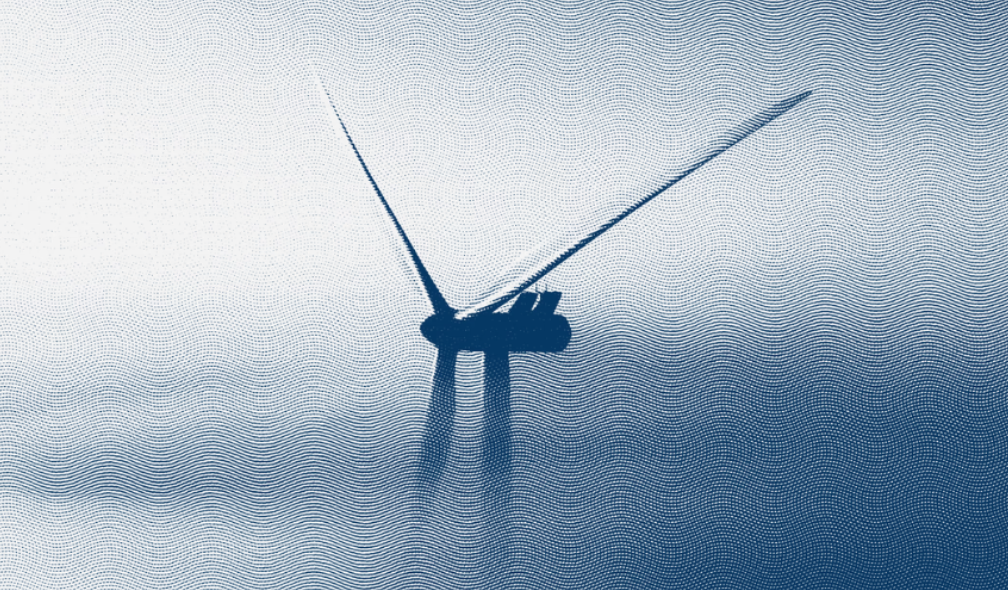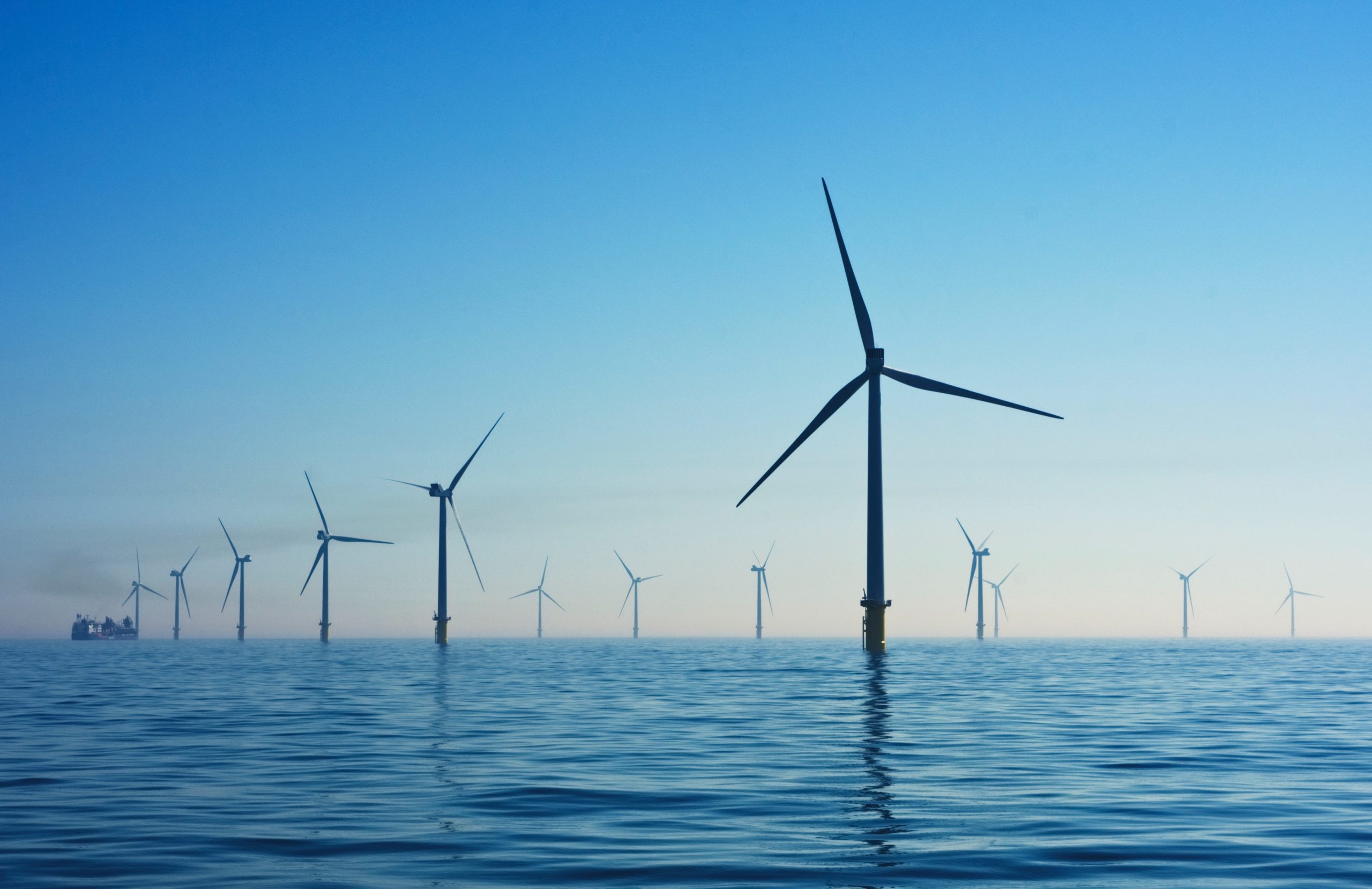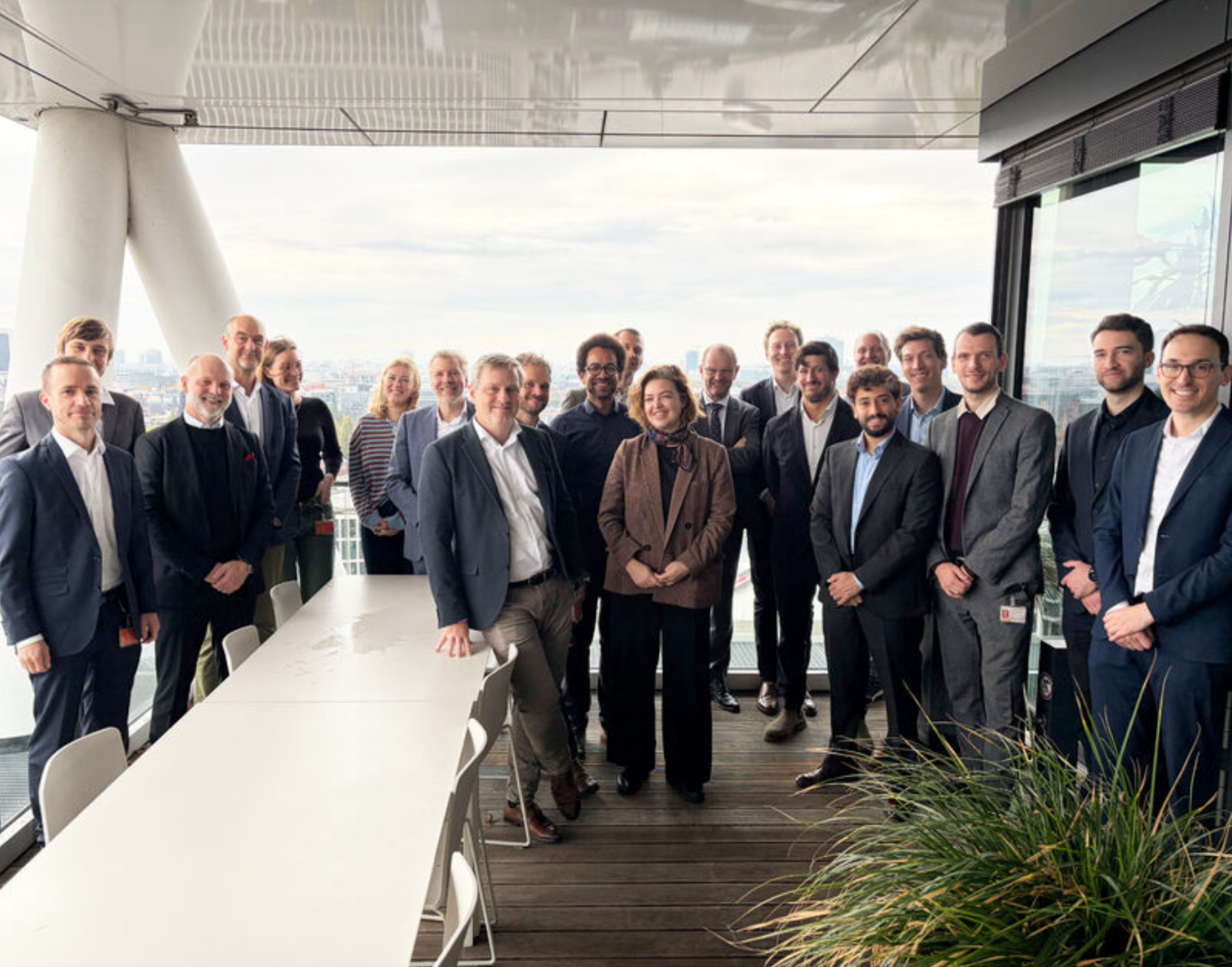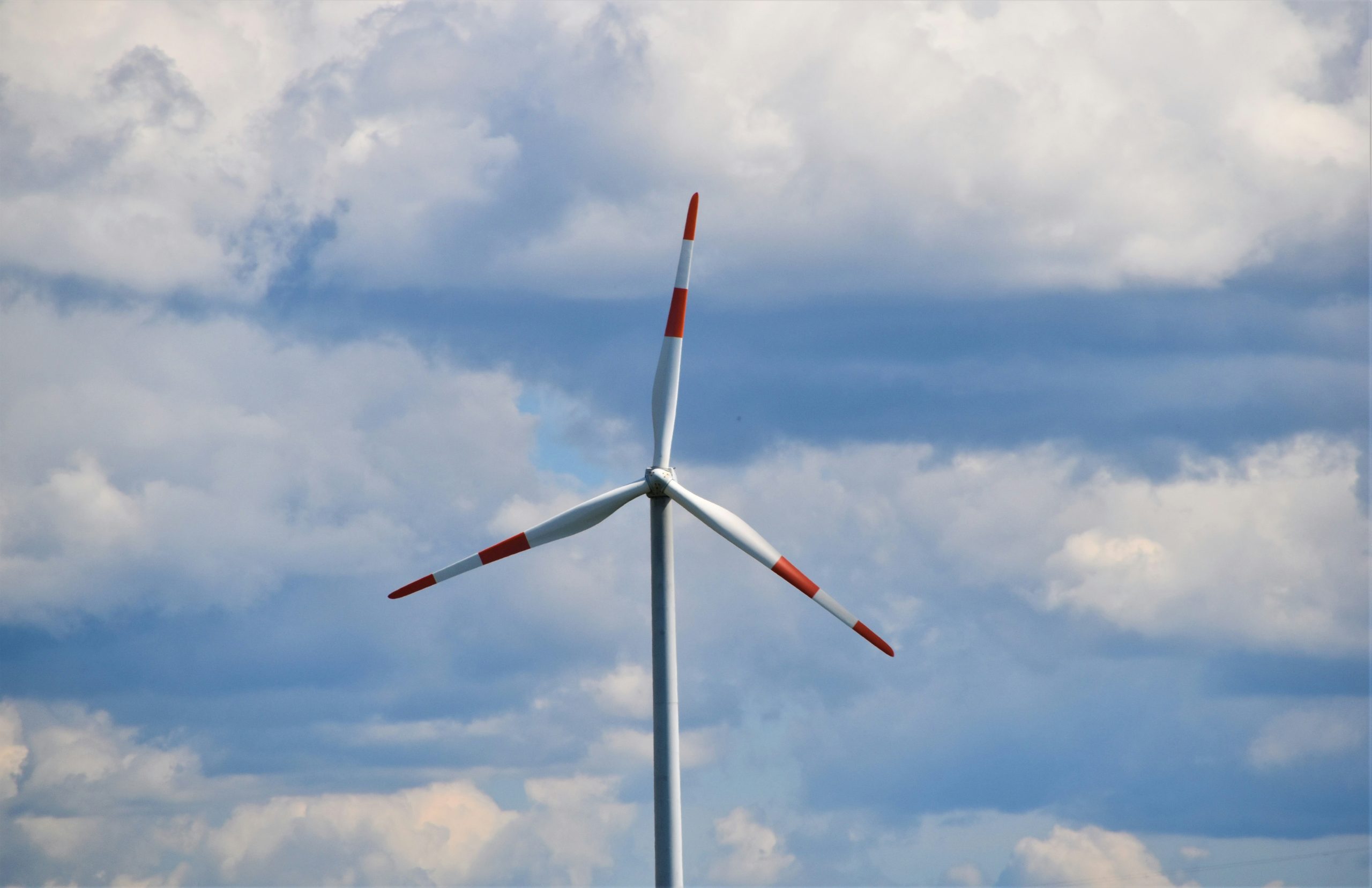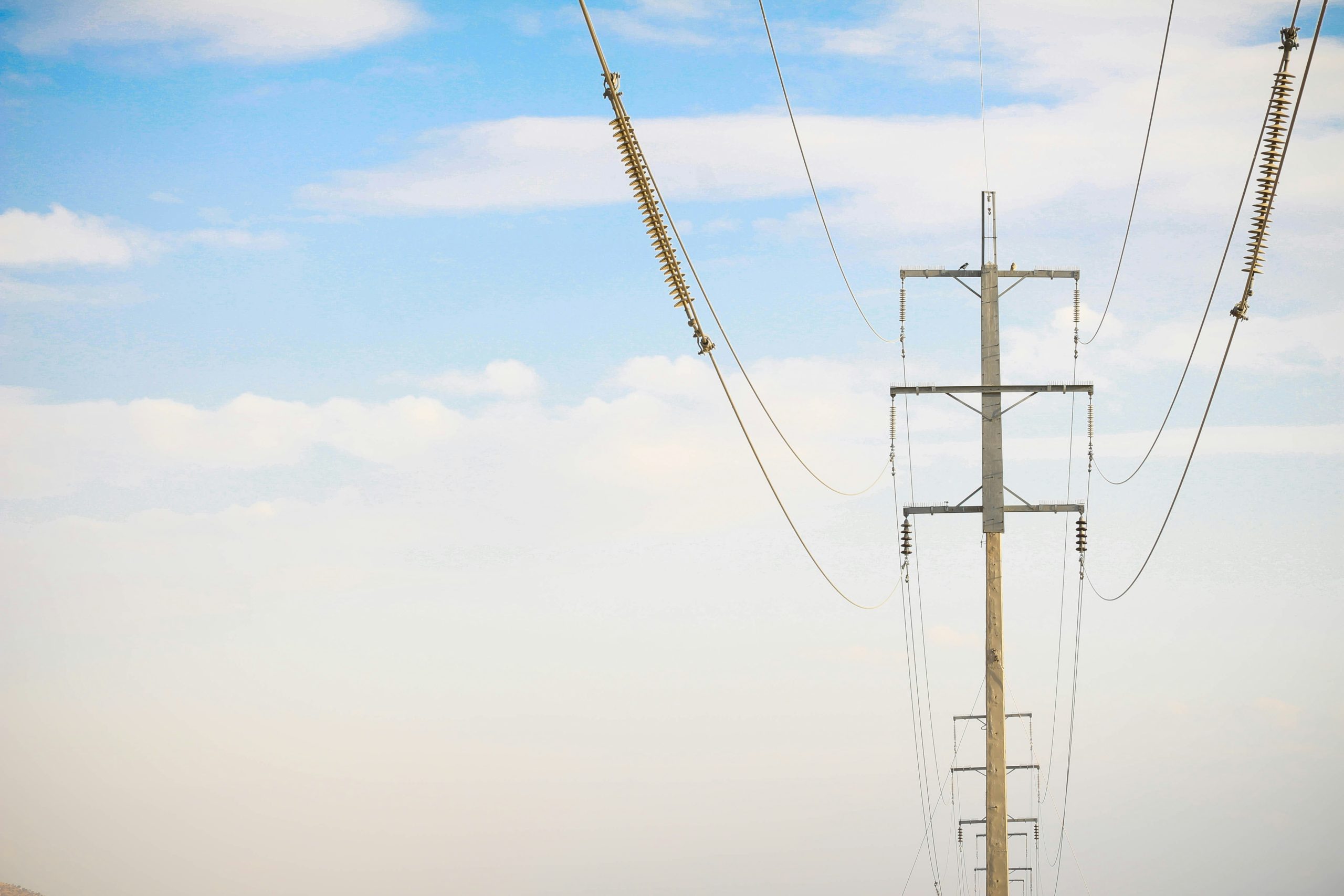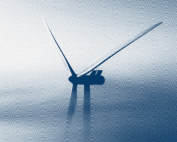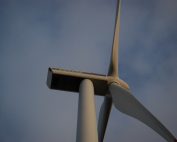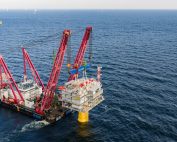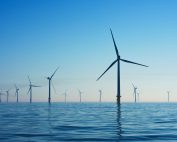During the Electric City 2021 conference the wind industry also discussed the development of RES in the context of green hydrogen production. Poland has big aspirations. The premiere of the report „Green hydrogen from RES in Poland” was announced in Copenhagen on 7 December. In Copenhagen, we talked to Remigiusz Nowakowski, president of the Lower Silesian Institute for Energy Studies (DISE Energy), one of the co-editors of the groundbreaking study.
Experts from the Lower Silesian Institute for Energy Studies (DISE Energy) and the Polish Wind Energy Association (PWEA) have prepared a report on the potential for green hydrogen production in Poland. By 2040 there is a real chance that demand for hydrogen will be met by electrolyzers with a rated power of over 20 GW. To make this possible, RES generation should be over 60 GW. Offshore wind farms can play a significant role.
Remigiusz Nowakowski, president of DISE Energy, said in an interview with BalticWind.EU that the WindEurope Electric City conference was a great opportunity to talk about the potential of green hydrogen in Poland and the report prepared by Poland.
“That’s the comprehensive study, for the first time showing the potential on the demand and supply side of green hydrogen for Poland. We start to analyze the situation of where we are today and what is needed to meet the climate neutrality goals behind the European Green Deal agenda, and Fit for 55 together with Poland and the European Union. We believe in hydrogen that’s why it will be more and more important how to satisfy the growing demand and how to, especially in Polish conditions, bring the pure green, and no emission electricity to supply the hydrogen for the economy”, said Nowakowski.
Experts argue that quick action is needed to meet the demands of the hydrogen economy, particularly in terms of hydrogen transfer, storage and grid connection capabilities. At present, the pace and plans for RES development in Poland do not provide a chance to meet the future supply for green hydrogen.
It is necessary to separate a part of RES potential with the highest capacity utilization rate from offshore wind energy for direct hydrogen production without taking into account the balance needs of the power system and without the need to connect generation sources and electrolyzers to the grid (off-grid operation).
